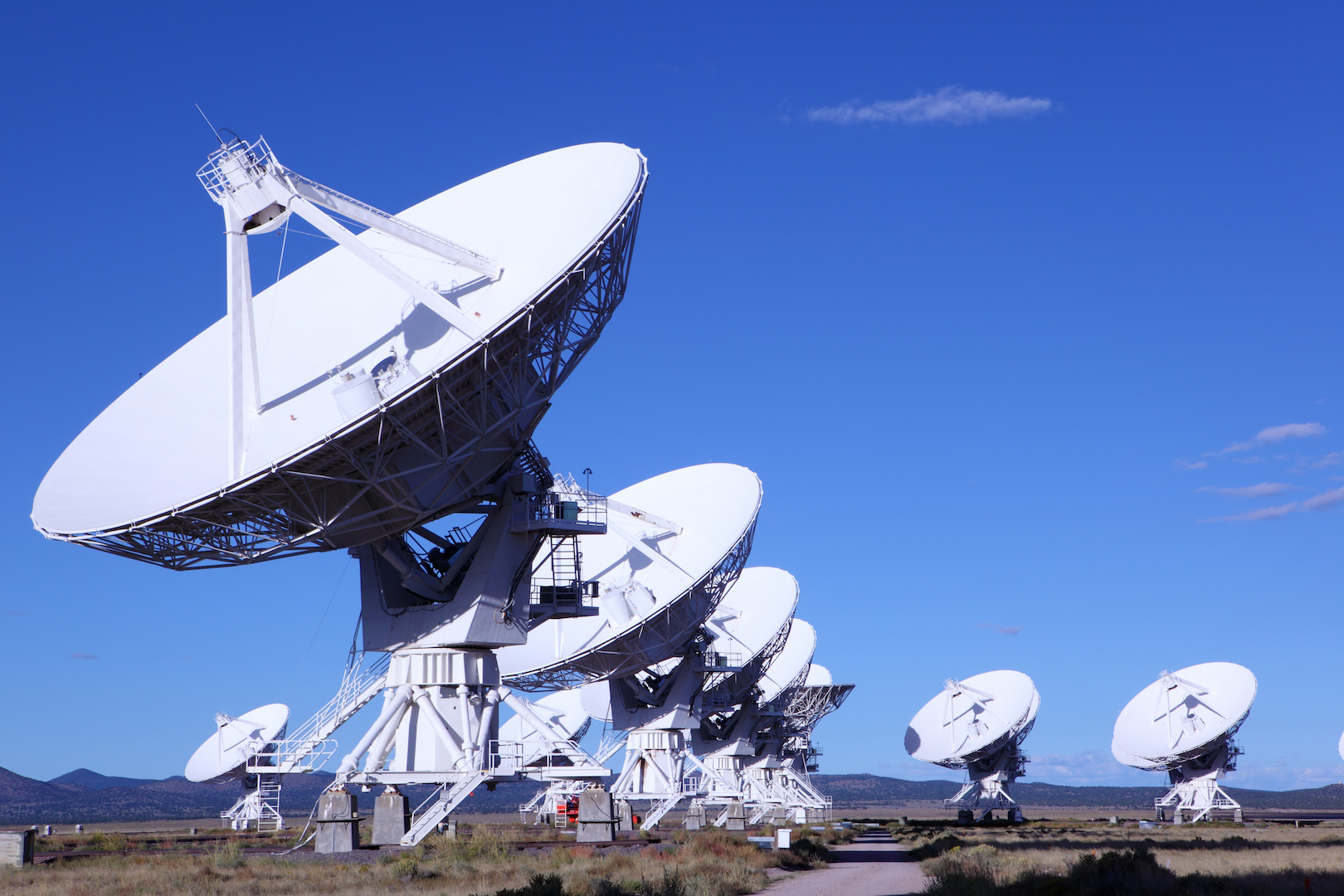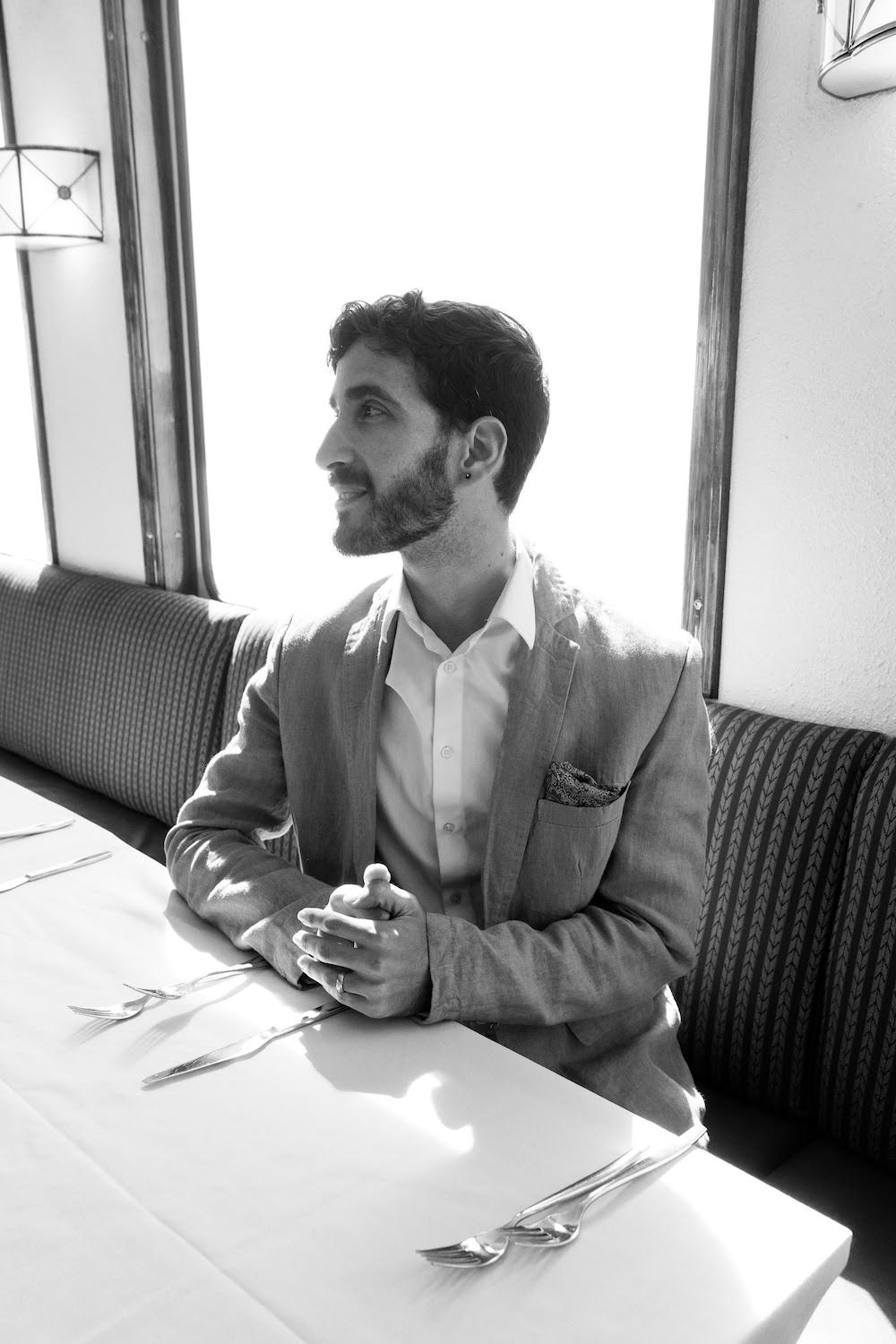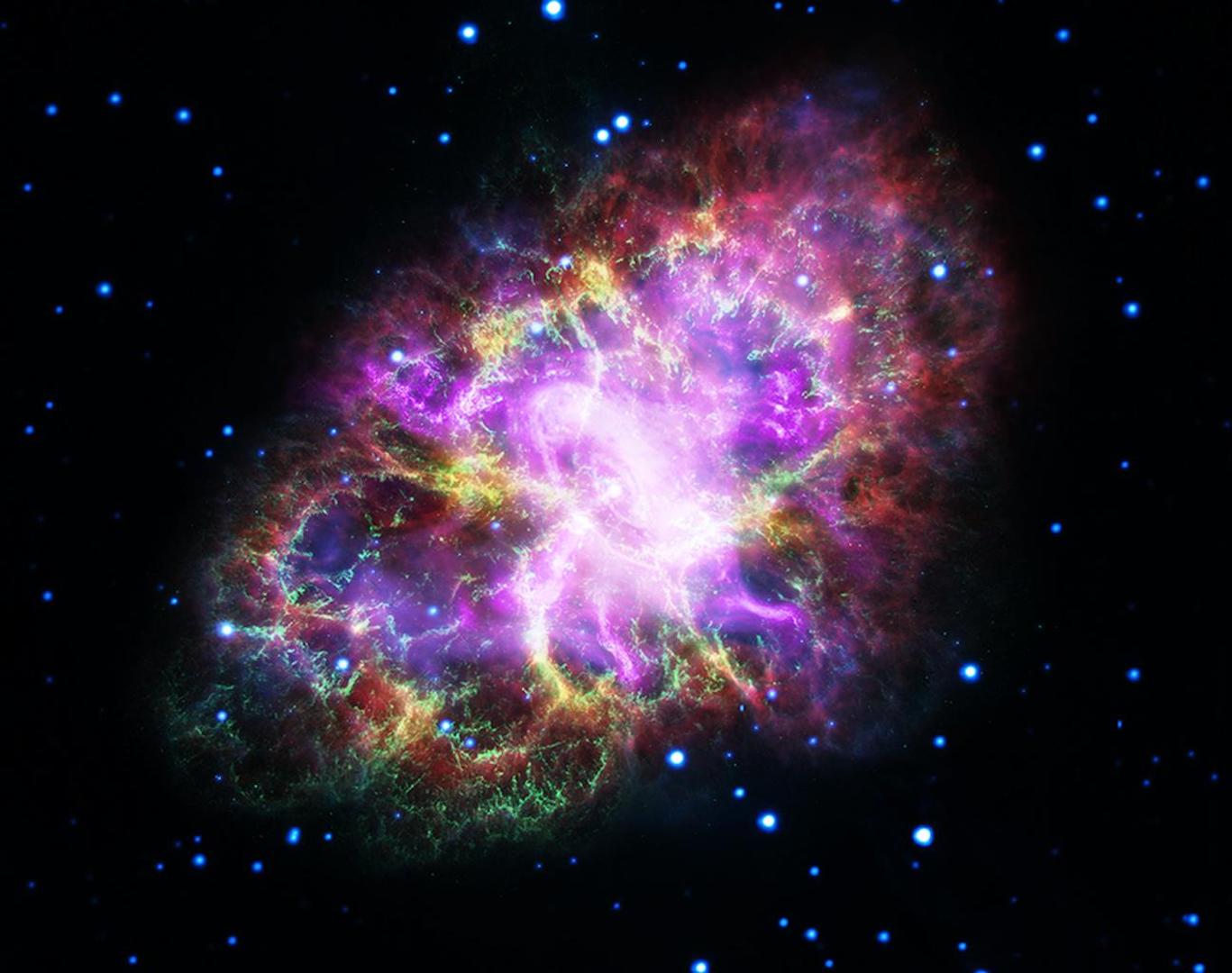The Very Large Array: 40 years of groundbreaking radio astronomy

The Karl G. Jansky Very Large Array (VLA) is a radio astronomy telescope facility located near Socorro, New Mexico. The observatory consists of 27 enormous dishes, each 82 feet (25 meters) in diameter, arranged in a Y-shaped formation that allows them to act like a single colossal telescope stretching 22 miles (36 kilometers) across — roughly one and a half times the size of Washington D.C.
Radio astronomers peer at the universe in radio waves, a band that sits at the leftmost side of the electromagnetic spectrum, meaning they have long wavelengths ranging from about 0.04 inches (1 millimeter) to more than 62 miles (100 km). Researchers can use light in this band to better understand a huge variety of cosmic phenomena, including planets, stars, gas and dust clouds, galaxies, pulsars and black holes.
When was the Very Large Array built?
Beginning in the 1960s, scientists conceived of a gigantic radio dish array that could complement the work of single-dish facilities, according to a history from the National Radio Astronomy Observatory (NRAO), which oversees the VLA. Because of the principles of optics, several telescopes can work in tandem and combine their data to act as one telescope with a collecting area the size of the distance between the individual dishes — a technique known as interferometry.
Congress approved funding for the VLA in August 1972 and construction started the next year. The facility was completed and formally dedicated in 1980, costing a total of $78 million in 1972 (the equivalent of $485 million today), or approximately $1 per taxpayer, according to the New Mexico tourism department.
The VLA sits on the Plains of San Agustin, a flat stretch of empty desert around 50 miles (80 km) northwest of Socorro. Because it is far from major cities and surrounded by mountains on every side, which act a natural fortress to keep out radio interference, the site is ideal for radio astronomy, according to the NRAO.
The dry climate is another key to the VLA's success. Radio waves are absorbed by water molecules in Earth's atmosphere and so being in a place with extremely low humidity allows the facility to have a clear window into events in the night sky.
What does the Very Large Array do?
Scientific output from the VLA has been tremendous since its inception. It has been used in more than "11,000 different observing projects" and "has had a major impact on nearly every branch of astronomy," according to the NRAO. "The results of the research it has made possible are abundant in the pages of scientific journals and textbooks. More than 200 Ph.D. degrees have been awarded on the basis of research done with the VLA."
Breaking space news, the latest updates on rocket launches, skywatching events and more!
The VLA is also an iconic facility, having been featured in the 1997 movie "Contact," a fictional story about a signal picked up from an alien civilization, and is a tourist destination for the astronomically inclined. Oddly enough, the VLA had never been involved in the Search for Extraterrestrial Intelligence (SETI) at the time "Contact" was made, but has since been used to look for evidence of other technological beings in the universe.
Related: Alien-hunting SETI telescopes boogie in spectacular 'dishdance' video
The VLA's future
In 2012, the VLA was rededicated and renamed in honor of Karl Guthe Jansky, a pioneering American astronomer who first discovered radio waves coming from the center of the Milky Way in 1932. The NRAO asked the public for suggested new names, and received 23,331 submissions from more than 65 countries. The organization chose Jansky for his role as the founder of radio astronomy, according to an NRAO press release.
Radio astronomers are now pushing for the VLA to be upgraded so it can keep up with cutting edge science. They envision an even larger array in New Mexico consisting of 244, 59-foot (18 m) dishes spread over 5,505 miles (8,860 km) in a spiral-like formation. At the heart of the new facility, called the next-generation VLA or ngVLA, would be 19 additional 20-foot (6 m) dishes that could resolve astronomical objects with even greater sensitivity than the current instruments.
The NRAO estimates such a project would cost between $1.9 and $2.25 billion dollars and could be completed by 2034 if selected for funding. Such an observatory could hunt for black holes, watch solar systems form, search for the chemical building blocks of life around young stars, and assist in studying gravitational wave events captured by the Laser Interferometer Gravitational-Wave Observatory (LIGO).
Additional resources:
- Read more about the SETI Institute's plan to search for extraterrestrial life at the Very Large Array.
- Here's what you need to know if you'd like to visit the VLA, according to the official NRAO website.
- Watch a short video about the VLA from the National Science Foundation.

Adam Mann is a journalist specializing in astronomy and physics stories. His work has appeared in the New York Times, New Yorker, Wall Street Journal, Wired, Nature, Science, and many other places. He lives in Oakland, California, where he enjoys riding his bike. Follow him on Twitter @adamspacemann or visit his website at https://www.adamspacemann.com/.

